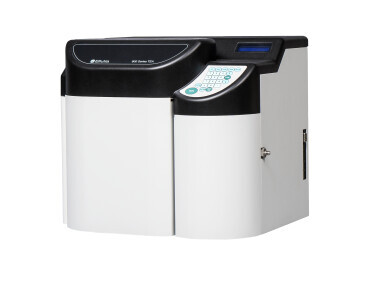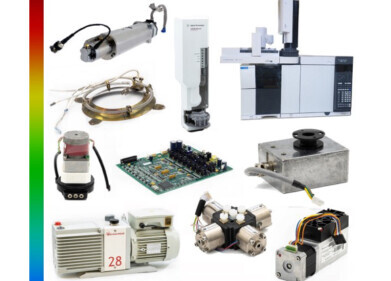Chromatography
Top Scientific Breakthroughs 2018: Nobel Prize for Physics Winners
Nov 25 2018
In celebration of 2018’s ground-breaking year of science, we’re going to be taking a look at 5 of our favourite scientific discoveries of the year. So far in this 6-part series, we’ve discovered the impressive and life-changing work of the winners of the Nobel Prizes for Chemistry and Medicine.
Today, we’re looking at the work of Arthur Ashkin, Gerard Mourou and Donna Strickland, three scientists that have successfully developed a laser technique, known as chirped pulse amplification (CPA).
The ‘optical tweezer’
Half of the esteemed prize went to Arthur Ashkin, from Bell Laboratories in the US, who invented the ‘optical tweezer’. The method works to trap atoms, particles and viruses between two beams of light, using the phenomenon radiation pressure. The method works by pushing objects, using radiation pressure, towards the most intense part of a light beam, which is in the middle, holding them there for examination or removal.
This process means that scientists can capture and study living bacteria, without causing them any harm. Optical tweezers are a crucial tool, allowing biologists to study ecosystems without damaging or changing them.
3rd female prize winner
This year’s Nobel Prize for Physics is ground-breaking in more than one way. As well as providing valuable research for scientific discovery, the prize was awarded to the third female winner in the history of the Nobel Prize. Donna Strickland is the only female winner of the Nobel Prize for Physics in the last 55 years, following Marie Curie and Maria Goeppert Mayer.
Dr Strickland and Dr Mourou’s work led to the invention of the shortest and most powerful laser pulses ever produced. Their technique, CPA, slows down laser pulses, amplifies them and finally compresses them. This, in turn, compresses the laser beams and makes the intensity of the pulse much greater.
Chirped pulse amplification is fast becoming the standard way to create high intensity laser beams, with a variety of potential applications, including corrective eye surgery.
Scientific breakthroughs 2018
As this year comes to a close, we’re taking a look at some of our favourite scientific discoveries of 2018. If you haven’t already, be sure to check out parts one and two of this series. Our next post looks at how stem cells can be used to combat blindness, while our article ‘Column Technology for Achiral SFC Separations’ delves deeper into the world of supercritical fluid chromatography.
Digital Edition
Lab Asia 31.2 April 2024
April 2024
In This Edition Chromatography Articles - Approaches to troubleshooting an SPE method for the analysis of oligonucleotides (pt i) - High-precision liquid flow processes demand full fluidic c...
View all digital editions
Events
Apr 25 2024 Istanbul, Turkey
Apr 28 2024 Montreal, Quebec, Canada
May 05 2024 Seville, Spain
InformEx Zone at CPhl North America
May 07 2024 Pennsylvania, PA, USA
May 14 2024 Oklahoma City, OK, USA


















